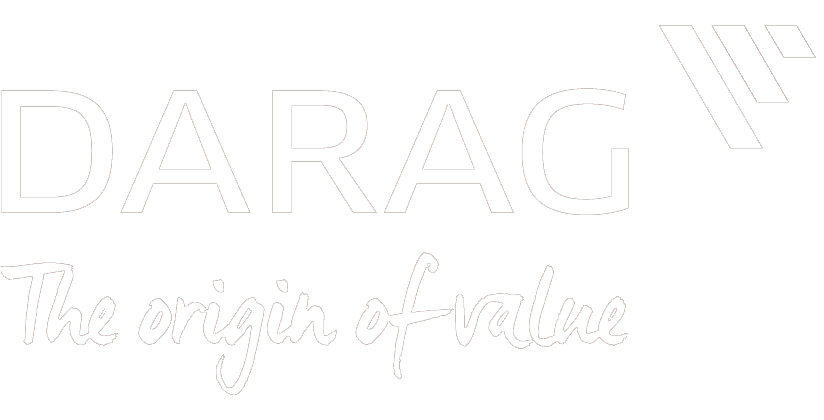‘Storytelling is the most powerful way to put ideas into the world today.’ (Robert McKee)
This targeted virtual session will guide presenters and salespeople how to use compelling anecdotes, case studies, analogies and real-world examples that are engaging, memorable and persuasive, in order to enhance their communication. Participants will discover what story format to use when; how to collect, create and craft stories for optimum effectiveness; and explore the best ways of delivering their stories for the largest impact.
Learning objectives
- Understand why storytelling is a powerful way of presenting ideas
- Know how storytelling bypasses the conscious mind, speaking to the unconscious mind
- Be able to structure an emotive story
- Know how to take the audience on a journey using storytelling techniques
- Have strategies to create stories that get their point across
Webinar outline
Designed as a highly interactive 90-minute webinar.
1. Welcome, agenda, overview
- A story is told to set the scene
- What makes stories powerful?
- Welcome, objectives, agenda
2. Why tell stories?
- The neuroscience behind storytelling
- What the brain tells us about how information is transmitted via stories and the role of storytelling in history
- How we’re hardwired to respond to stories
3. Stories in action
- Volunteer participants share a short personal story via microphone or video
- The facilitator highlights some of the strategies and techniques used
- We build storytelling skills unconsciously – part of this session is about making some of them conscious and using them in business to achieve the best results
4. Storytelling techniques
- Building on the previous exercise, the facilitator shares different storytelling methods
- Working through ones including hero v villain and Cinderella (or cumulative three), participants consider how the stories might be used in their roles
- How can they use the techniques so they seem natural and fit in the presentations without seeming forced?
- Participants have a short time to begin structuring a story with one or two volunteers sharing them with the group
5. Using storytelling for data
- Bringing data or information alive by telling stories to provide insight
- Facilitator shares key tips
6. Action plans and next steps
- Participants reflect on their next steps and how they will implement their learning in the workplace
- Each person writes a short story of how they will apply the learning in the ‘chat’ space, which can be circulated to participants following the session as a reminder of their actions











